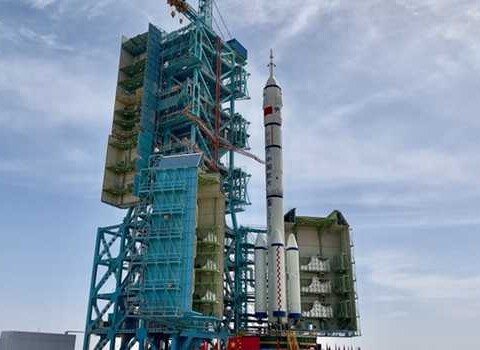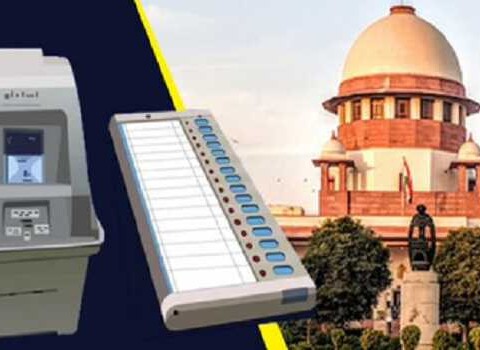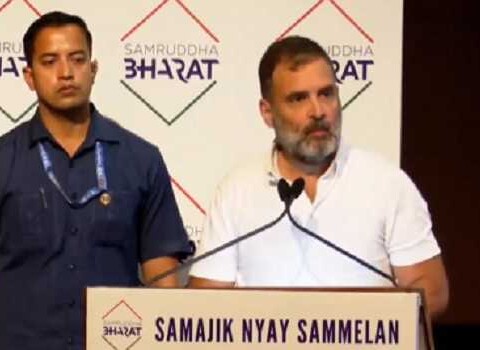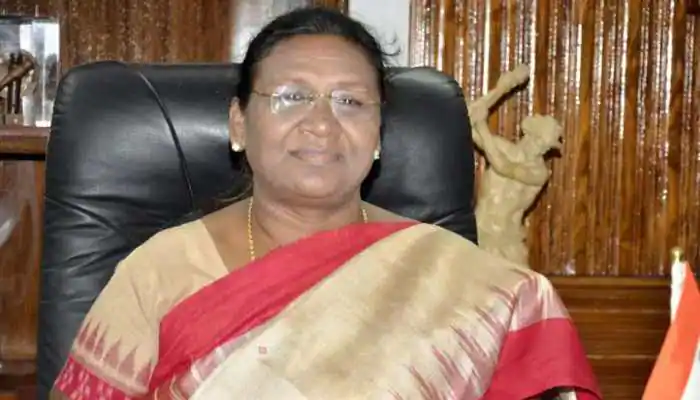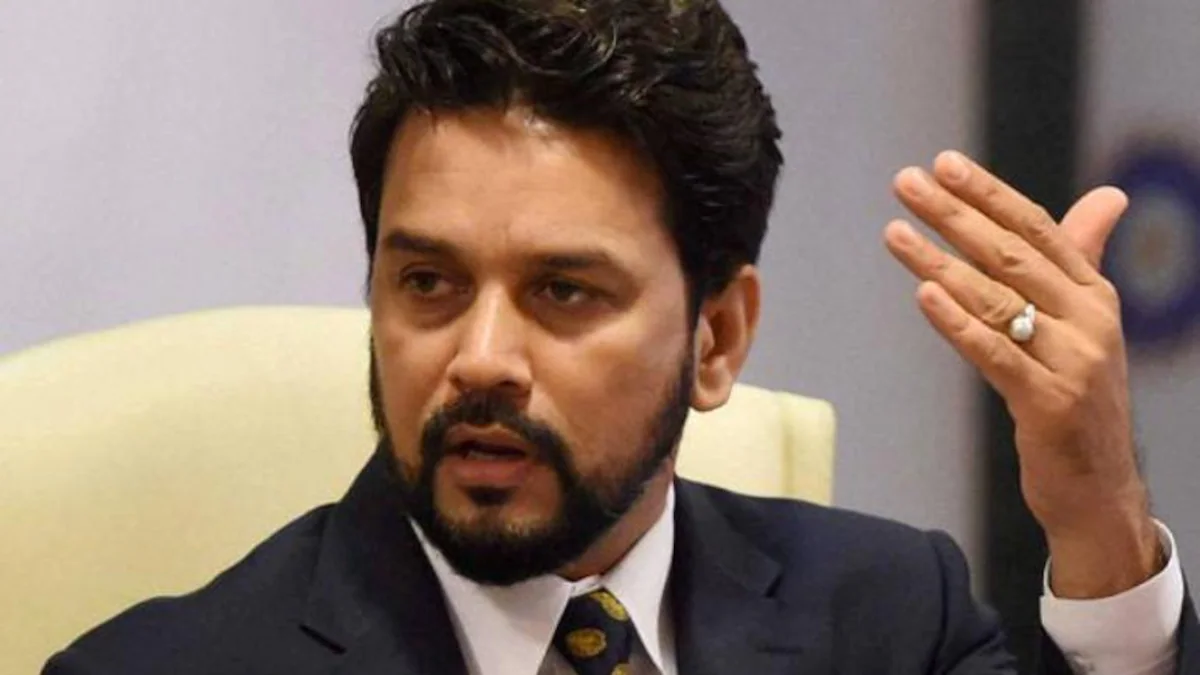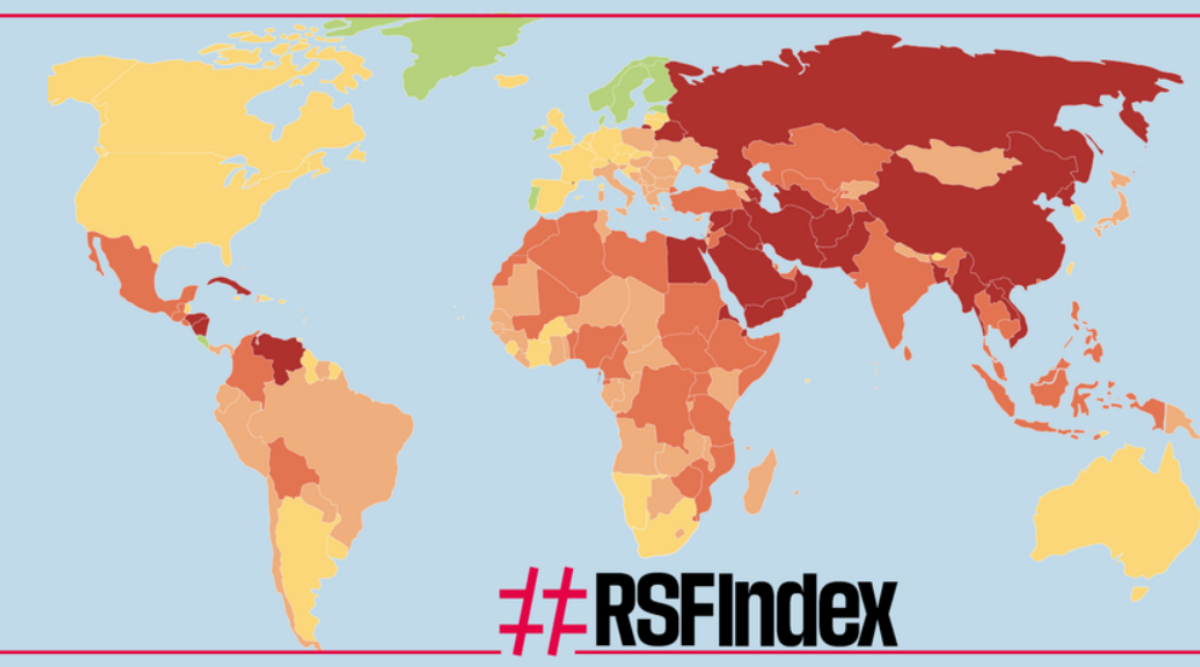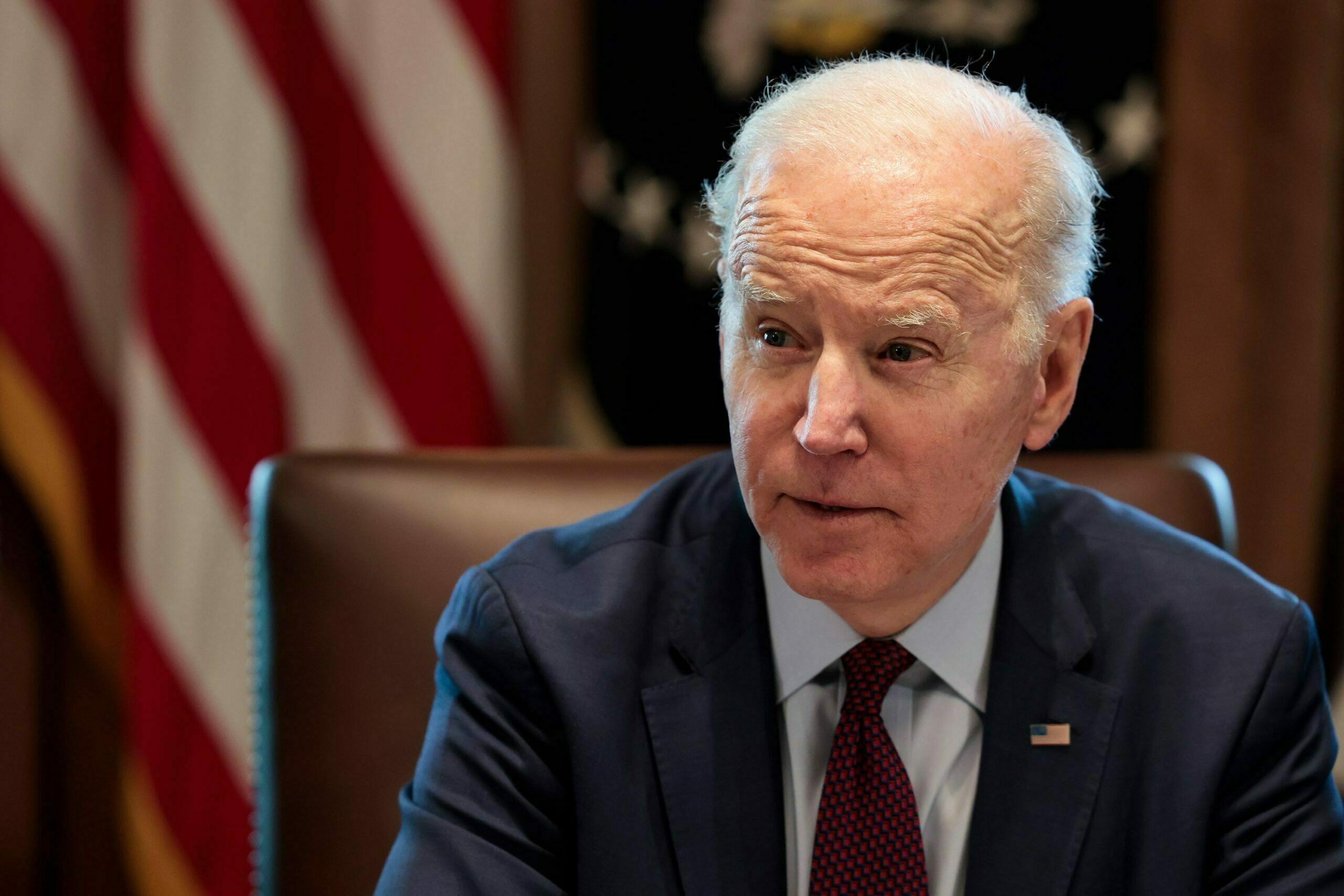The JK government needs Rs 2 lakh crore to tap its rich hydel potential for power sufficiency. Its slew of measures to strike balance between the need and availability have not even achieved desired results
Fayaz Rasool
The revelation made in the RTI filed by the J&K RTI Movement that National Hydro Power Corporation (NHPC) earned Rs 194 billion from various power projects in state has again put the spotlight on the demand by the successive governments that J-K must be compensated for the losses that it suffered due to the Indus Water Treaty. However the argument that the state has sought to build has been flawed and even as the demand for transfer of power projects also formed part of the Agenda of Allaince New Delhi has remained non commital over the handing over of two power projects of Dulhasti and Uri which are run by the NHPC to the state. If the losses have been due to the Indus Water treaty, which still state is not sure how much it has suffered, the discussions should also involve Pakistan as the dispute over the water sharing becomes a trilateral one, involving New Delhi, Islamabad and Jammu and Kashmir.
Nevertheless the RTI has raised an important point: the return of power projects build by NHPC is part of the framework document that allows the state to tap the vast hydel potential. But more importantly the state has lagged behind in implementing key policy initiatives including listing the Power Development Corporation (PDC) on the bourses to raise the money from the market to invest in tapping the vast hydel potential.
The state would require a whopping Rs 2 lakh crore to generate the power of 20,000 Mw. It has been primarily due to the lack of money and the failure of the state to carry out the power reforms that successive governments have facilitated the outside companies including the NHPC to invest in power generation.
So it should come as no surprise that a major part of the earnings of the NHPC derive from the hydel power of the state. The state government has raised the company Chenab Valley Power Projects Ltd (CVVPL), which is a joint venture between National Hydro Electric Power Corporation, Jammu & Kashmir Power Development Corporation and PTC India, to generate the power in the Chenab Valley region.
The power sector has been a major drain on state resources and is responsible for increasing budget deficit. Earlier in an unprecedented move, the state which has been facing the liabilities of the central public sector undertakings decided to issue the bonds to raise the money to pay its liabilities. The liabilities have been incurred primarily due to the slow recovery drive of the power tariff and lack of a coherent policy. The state’s own company, Power Development Corporation (PDC) is selling the power generated from hydel resources here outside the state while government purchases power from outside utilities and pays heavy sums of money to the Power Grid Corporation of India Ltd (PGCIL) for using its infrastructure to buy the power from outside the state.
The data recently revealed under the Central Right to Information Act, 2005 (RTI Act) which shows that between 2001-2015, the NHPC has earned at least Rs 194 billion (Rs 19,431 Crores) from the sale of power generated by the hydel projects based in J and K has however raised concerns that the state needs to rejig its power policy, particularly when it has paid Rs 41 billion (Rs 4,129 Crores) to NHPC to buy 19.7% of the power that was generated by the hydel projects in the state. “ State shall have used the money that it pays to NHPC to buy power to generate its own power. The deployment of funds has to be judicious,’’ said a senior government official.
As per the data NHPC is running seven hydroelectric power projects in the J&K which includes Salal, Uri-I, Dulhasti, Sewa-II, Uri-II, Chutak and Nimmo Bazgo and it has generated 1, 15,636 million units of power from these projects from 2001 to March 2016. The NHPC data reveals that Salal has generated energy of 2973.54 MU in 2014-2015 and earned a profit of Rs 302.31 crore by selling power to different utilities in the country. Uri-I has generated 2635.70 MU saleable energy, with a profit of Rs 417.87 crore in 2014-15. Dulhasti has generated saleable energy of 1850.94 MU in 2014-15 with a profit of Rs 1068.19 crore. Sewa-II has generated 479.60 saleable energy with a profit of Rs 221.26 crore.
Uri-II has generated saleable energy of 1008.87 MU with a profit of Rs 467.52 crore, Chutak have generated 158.76 MU with a profit of Rs 132.41 crore and Nimmo Bazgo has generated saleable energy of 194.25 MU with a profit of Rs 175.45 crore respectively. The seven hydel projects were handed over to the NHPC for funding, execution and operation over a period of 10 years under a Memorandum of Understanding (MoU) signed between the J&K Government and GoI.
The MoU was inked in the year 2000 in order to help J&K in its overall development apart from meeting its winter peak electricity requirements. The MoU also contains a clause requiring both parties to work out a methodology for “handing over these projects to J&K Government separately” and not a “buyback” of these projects.
A look at the performance of the government on key policy measures in power sector however shows that the implementation has been dismal. The government has failed to run the Power Development Department (PDD) as a company to increase its efficiency. The PDD which is both the transmission and distribution utility in the state was to be turned into 4 separate entities. Vide an order no 264 PDD of 2012 dated September 5, 2012, it was envisaged that the ‘unbundling’ of JKPDD will be done to set up of one transmission company and two distribution companies, one each for Jammu and Kashmir divisions and a trading company which will function as a holding company. Subsequently government ordered setting up of the companies of Jammu & Kashmir State Power Transmission Company Limited, Jammu & Kashmir State Power Trading Company Limited, Jammu Power Distribution Company Limited, Kashmir Power Distribution Company Limited through an order no 285 PDD of 2012 dated September 21, 2012. But the companies have not been operationlised. “ The operationlisation of the companies would have ensured efficiency, but this has not happened,’’ said an official.
Moreover the state’s transmission and distribution infrastructure lies in shambles. As per the report on eighteenth electric power survey of India published by the Union Ministry of Power the forecast of transmission and distribution losses in Jammu & Kashmir state is projected as 52 percent by the end of 12th plan (2016-17) and 37 percent by 2021-22. Contrary to this the all-India-average for the same period is estimated at 18.89 percent and 15.38 percent respectively.
The transmission and distribution losses are not only on account of decrepit public infrastructure, but also due to the lack of headway by the state government to install the meters in the households. Earlier in response to an explanation sought by the Jammu and Kashmir State Electricity Regulatory Commission (JKSERC) about the pace of installation of meters, the state government noted that 1.3 lakh meters have been ordered to be supplied under the R-APDRP programme out of which 80,000 will be installed in Kashmir and 50,000 installed in Jammu. The Commission noted in its directive “ even though there may have been challenges at ground level in adhering to the dead line as set out in the J&K Electricity Act 2010, and subsequent extension order dated 26th April 2012 issued by the Commission for achieving 100 percent consumer metering in the state by June, 2013, the PDD has not made serious efforts in meeting the targets.’’
The Commission further noted with serious concern that PDD had 4 years to take steps to meter the un-metered connections but there has not been much progress made by the Utility. “ There seemed to be lack of seriousness on the part of PDD as it took them nearly one year even to submit a revised metering plan after coercive measures were adopted by the Commission to seek compliance. The very fact that the number of unmetered consumers in state has been increasing with the passage of time, implies that the PDD has been overlooking the provision as laid under Section 49(1) of the Act and also the directive issued by the Commission from time to time which states that no new connection can be released except through installation of a correct meter by the PDD,’’ noted the SERC order.
The Commission asked the PDD to carry out 100 percent consumer and system metering in the state by 31 March, 2016, but no progress has been witnessed over this. The SERC had asked the PDD that it shall take all possible measures to implement the proposed metering plan “in all its seriousness failing which the Commission would be left with no option but to adopt coercive methods for seeking compliance.’’ But consistent directions have failed to produce any results.
It is not only the power deficit but daily cuts that the PDD resorts which should be a matter of grave concern for the state government. The situation on the power consumption front is unlikely to improve in a short time. The 18th Electric Power Survey (EPS) conducted by the Ministry of Power has forecasted peak load and energy requirement for the sate up to the end of 13th plan at 4217 MW and 21884 million units (Mus). Presently there is a deficit of about 27 percent in meeting peak power requirement of 2600 MWs in the state due to the heavy transmission and distribution (T&D) losses and inadequate transmission and distribution system and the budgetary constraints in the purchase of power.
In the power sector, upgrade of transmission lines and construction of several hydel power projects has been delayed. In July 2014, GVK stopped work on the 850-MW Ratle project on Chenab river at Drabshalla in Kishtwar district saying that the “atmosphere around the site was insecure.” The company was forced to do this after people entered its site offices “and harassed the staff demanding employment.”
Given the progress of the state on carrying out the construction work on key power projects, meeting the power requirement is only a distant dream. The work on the power project, Pakal Dul, has not taken off. The 1,000-MW project, one of the largest in India, was bagged by a consortium of Patel Engineering Ltd, Limak Holding of Turkey and state-owned Bharat Heavy Electricals Ltd in February last year. It was scheduled to be completed in 66 months and could have enabled the state to meet the power demand.
Moreover the upgradation of the power transmission infrastructure is also going on at snail’s pace. The Kolkata-based company EMC Ltd has been lax in doing its job under the Restructured Accelerated Power Development Reforms Programme to upgrade the infrastructure at a cost of Rs 889 crore. The agreement for the project was signed on May 19, 2014, and the work was to be completed by March 2016. But not much progress has been seen towards this end.
It has been due to the dismal approach that the chief minister, Mehbooba Mufti, has asked the Power Development Department (PDD) to devise a comprehensive roadmap in view of the “distress in power generation, transmission and distribution systems so that quality power supply is ensured to the consumers.’’
“Power is a key enabler for fuelling a rebound in the economy for which PDD will have to firm up timelines to ensure timely execution of projects. The power scenario remains sluggish and we need to do more, as the state has potential to generate far more,” she said recently while chairing a high-level meeting to review the functioning of PDD.
Mehbooba Mufti asked PDD to harness the identified power potential as it has only been able to generate a capacity of 3,272 MW. This she said, “results in deficit in energy availability and strains budgetary allocation of the state.’’ Against an amount of Rs 5,247 crore required for power purchase, a budgetary allocation of Rs 3785 crore has been made and the shortfall will have to be bridged by issuing the bonds by the state government.
The JK government needs Rs 2 lakh crore to tap its rich hydel potential for power sufficiency. Its slew of measures to strike balance between the need and availability have not even achieved desired results.
The story first appeared in print edition of May 4.



